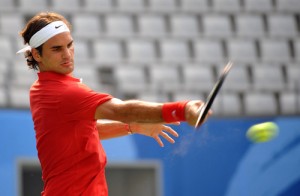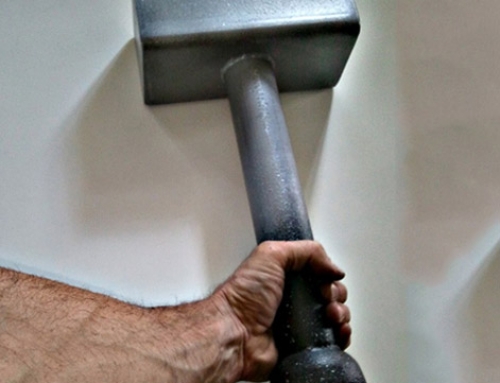 Timing, footwork, and contact point are all at least closely related when it comes to the forehand groundstroke. However, when attempting to diagnose a problem and fix it you need to know which element is at fault and what change to make! Today’s show focuses on exactly those topics as I go into detail on all 3 technique elements of the forehand groundstroke.
Timing, footwork, and contact point are all at least closely related when it comes to the forehand groundstroke. However, when attempting to diagnose a problem and fix it you need to know which element is at fault and what change to make! Today’s show focuses on exactly those topics as I go into detail on all 3 technique elements of the forehand groundstroke.






